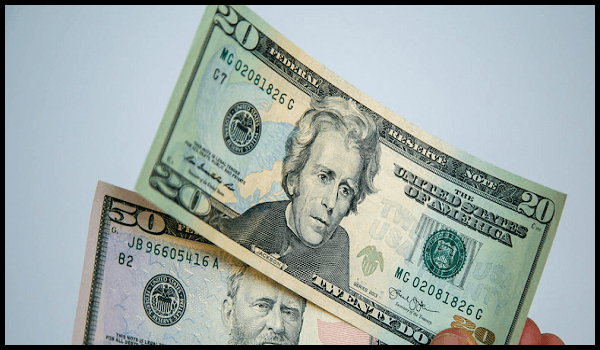The recent announcement of Circle and Coinbase that USDC, the stablecoin they back in a consortium Centre.io, will limit its reserves to USD and Treasuries is expected to roil the stablecoin market. The USDC, which is the second-largest stablecoin in market capitalization at about $26.9 billion, currently has reserves in USD, Treasuries and other asset classes that have apparently made it difficult to maintain the avowed 1:1 parity with USD. The stablecoin uses the Etherium blockchain.
The flip-flop could invite scrutiny by federal regulators, who have become suspicious of the surge in stablecoins whose estimated market capitalization is now above $119 billion and the risks they may hide.
A Bloomberg report indicates some in the Biden administration are concerned that stablecoins may be exposing consumers to unknown risks when the firms supporting the crypto entity may not have the backing they claim to have. They are also worried that huge amounts of USD-equivalent coins are exchanged outside the reach of the US banking system in transactions bordering on the illicit.
(Source: markets.businessinsider)
The USDC that trails the leading Bitcoin-based stablecoin Tether’s $64 billion market dominance began as a strictly USD-backed stablecoin intended to maintain complete parity. Tether (USDt), on the other hand, is collateralized by a mixed basket of fiat currency reserves comprising USD, EUR and JPY.
Now Circle, which is part of the consortium Centre.io that includes Coinbase, has said USDC will henceforth have 1:1 reserves held in USD and Treasuries, shedding all other riskier asset classes. The swift switch to USD, some believe, is significant after Circle asserted as late as last month that the USDC would continue to hold reserves in corporate bonds and commercial papers apart from USD and Treasuries.
The increasing volatility in the crypto world, including the rollercoaster ride of the largest cryptocurrency in circulation Bitcoin (BTC), had alerted federal regulators across continents. BTC’s thunderous crash after hitting a record high of about $64,000 on April 14 to below $49,000 on April 23 wiping out nearly half a trillion in valuation has raised red flags. It is amid the crypto world’s churn that the stablecoins are experiencing an upheaval.
Also see: Our Coinbase App review
Circle’s decision on the reallocation of the assets backing the USDC marks a swift change from July when it clarified that the reserves included corporate bonds and commercial paper. Even in August, Coinbase described USDC as completely backed by USD in a bank account.
Perhaps, Bloomberg News triggered the shift when it sought Coinbase’s clarification on the composition of the reserves. In a series of staggered kiss-and-tell tweets, Coinbase President Emilie Choi revealed that the organization’s description of USDC reserves “could have been clearer.” Choi also confessed that the company should have moved faster to update statements including those on the Coinbase website. Apart from the prodding by the Bloomberg query, Circle’s disclosure that the reserves comprised different asset classes also shaped Coinbase’s “diversified portfolio” narrative.
According to Circle, the diversification began in March 2020 when the company, faced with USDC’s rapid growth, added short-term Treasuries to the USD-only reserve base. The portfolio was made broader in May 2021, according to a Circle spokesperson. However, the company plans to limit the reserves to cash and Treasuries of a term of less than 90 days by September end.
A July disclosure of Centre.io showed that while 61% of the reserves were in risk-free assets like cash and equivalents some were assets with default risk including certificates of deposit and corporate debt. The Treasuries held only 12% of the reserve value.
A Bloomberg Opinion piece says the move to limit reserves diminishes the consortium’s ability to diversify, which could have been an important attribute moving ahead. The announcement, the article alleges, while seeking to make USDC appear holier vis-à-vis other stablecoins in terms of financial prudence, is ultimately addressing an unimportant problem.







